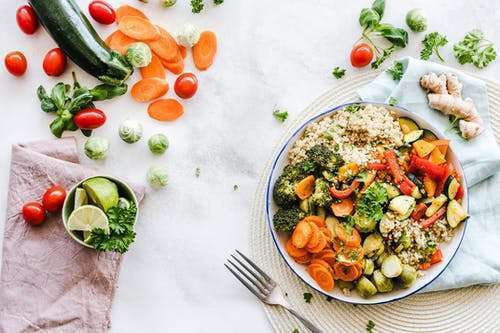Stock is the basis of all meat sauces, gravies, soups, and purees. It is just the flavor of the meat. Extracting by long and gentle simmering, or the infusion of flavor from ingredients such as fish. In making stock, remember that the object is to draw the goodness out of the materials and into the liquor. Imparting the desired level of flavor and other elements that are important to the end product. Whether it is a soup sauce or reduction. Likewise, the stock is the foundation of many important kitchen preparations. A good, well-flavored stock cannot be made with inferior ingredients.
A bouillon – is another name for meat, fish, or vegetable stock. Distinguishing from stock by being meatier.
A nage- is light but well-flavored stock, for cooking fish and other seafood. Additionally, the nage will enhance the flavors.
Ingredients.

Bones.
Vegetables.
Carcass.
Types of stock.
- Juliana Cherera bio-origin, education, family.
- Ian Ziering age, family, wife, children, movies, attack, net worth.
- Emma stone Age, Child, Relationships, Movies, Net Worth
- What is Martha Karua’s “Iron lady” net worth Edu?
- Kylie Bearse bio-wiki, age, children, husband, net worth.
- Keanu Reeves Bio, Age, Edu, Success, Net worth.
- Leslie Rangel bio-age, KTBC -7, children, husband, net worth.
White.
White vegetable.
Brown.
White chicken.
Fish.
Brown vegetable.
Lamb jus.
Quality points.
It is important to choose high-quality ingredients, bones, carcasses, and vegetables. Do not use ingredients that are past their best as this will affect both colors and flavor.
Unsound meat or bones and decaying vegetables will give the stock an unpleasant flavor and cause it to deteriorate quickly.
Remove scum otherwise, it will boil into the sticks and spoil the color and flavor.
Skim off fat otherwise, the stock will taste greasy.
Salt should not be added to it.
When making the chicken one, the bones will need to be soaked first. This is to remove the blood that is in the cavity.
Preparations.
Preparation is the process of getting something ready for use or for a particular purpose. The preparation includes:
Browning, roast, and boiling.
The basic preparation of brown stock involves browsing vegetables and bones, usually in the oven. Once browned, they are covered with water, boiled, and simmered to give a rich brown color. However, the white is balanced but not browned to give a clear white.
Simmering.
The stock should always simmer gently, allowing it to boil quickly, it will evaporate and go cloudy.
Skimming.
It is important to skim off the excess fat and impurities. Use a ladle spoon to produce a clear and flavorsome one. Therefore, if it is not skimmed off it will taste greasy.
Straining.
It is poured through a strainer, usually a chinois or muslin, to remove all sediment. This is done after the fat has been removed.
Reducing.
It is placed over a fierce heat. Allowing it to evaporate until the volume is reduced to give a more intense flavor. When cooking predominantly meat stocks, remember that they will contain collagen. This is the main fibrous component of skin, tendons, connective tissue, and bones. If cooking at higher heat, the collagen content of the sauce will be high.
Glazes.
this is the reduction of stock that is used to enhance the flavor of soups and sauces. To achieve a glaze, the stock is evaporated on the stove. This is done until it is the consistency of treacle or thick jelly.
- Kenya Institute of special education, courses.
- Egerton university, fees, location, courses.
- The best private primary schools in Nyeri county.
- Kenya Medical Training College, courses, requirements.
- List of Best private secondary schools in Nairobi County.
- How is The Lenana Boy school and location?
- Mount Kenya University history, fees, courses